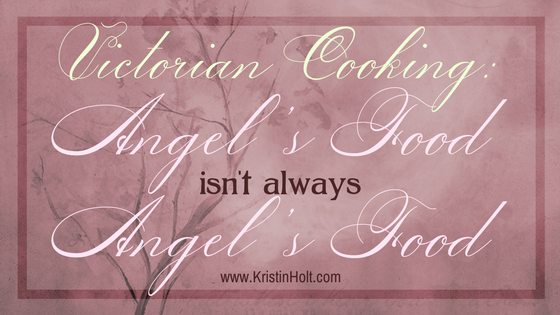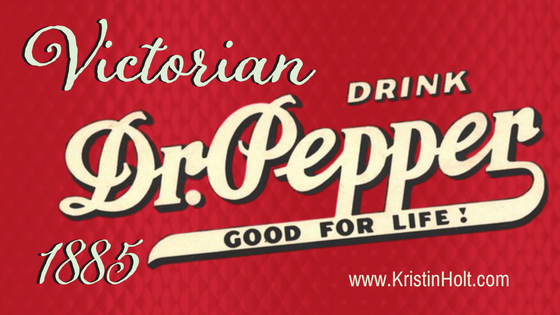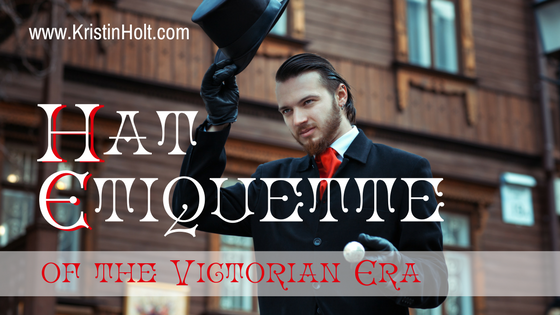
Victorian Cooking: Angel’s Food Isn’t Always Angel’s Food
Angel Food Cake recipes are all very much the same from their inception in the late 1870s until today…
Until they’re not.
Who knew?
Angel’s Food isn’t always Angel’s Food.

Angel Food Cake recipes are all very much the same from their inception in the late 1870s until today…
Until they’re not.
Who knew?
Angel’s Food isn’t always Angel’s Food.

Dr Pepper was born in 1885–FIRST of national soda flavors–a result of Victorian ingenuity and creativity, in Waco, Texas. Vintage newspaper ads show the soda fountain beverage’s claim to natural, healthful medicinal value–while strictly claiming an absence of all harmful substances. I discovered interesting details I’d never heard before… Perhaps you will, too!

We know original Coca-Cola (debuted 1886) did have cocaine in it–and not “a trivial amount”. The product began as a replacement for coca wine (just what it sounds like), when temperance laws outlaws alcohol, and Pemberton needed a replacement vector for his coca leaves. Looking back at vintage sources, it’s easy to see when cocaine was removed from Coca-Cola, and how the owners ensured their not-yet-trademarked product remained protected. Numerous credible scientists analyzed the syrup (from various retail locations), swearing to Coca-Cola’s freedom from cocaine, but the attacks didn’t stop overnight. Decades later, Coca-Cola maintained its status as a substance-free “refreshing drink”, a 180° switch from its Patent Medicine beginning.

An 1865 newspaper article persuades all young people to tell the truth in courtship, and attempts to convince all readers of the stark benefits, compared to disastrous tragedies, when his advice is ignored. A powerful view into Victorian history and attitudes about courtship and marriage.

Etiquette governed much during the Victorian Era: courtship, marriage, mourning, letters, social calls, dancing, engagements and breaking of engagements, clothing…and men’s hats. When reading fiction and nonfiction alike, I’ve wondered about men tipping their hats to ladies, removing their hats (or not), giving their hats over to the butler (or not), wearing a Stetson inside or during a business meeting… What did good manners demand? How did a cowboy show respect? How did a lady know if a man hoped to stay awhile when he paid a call?